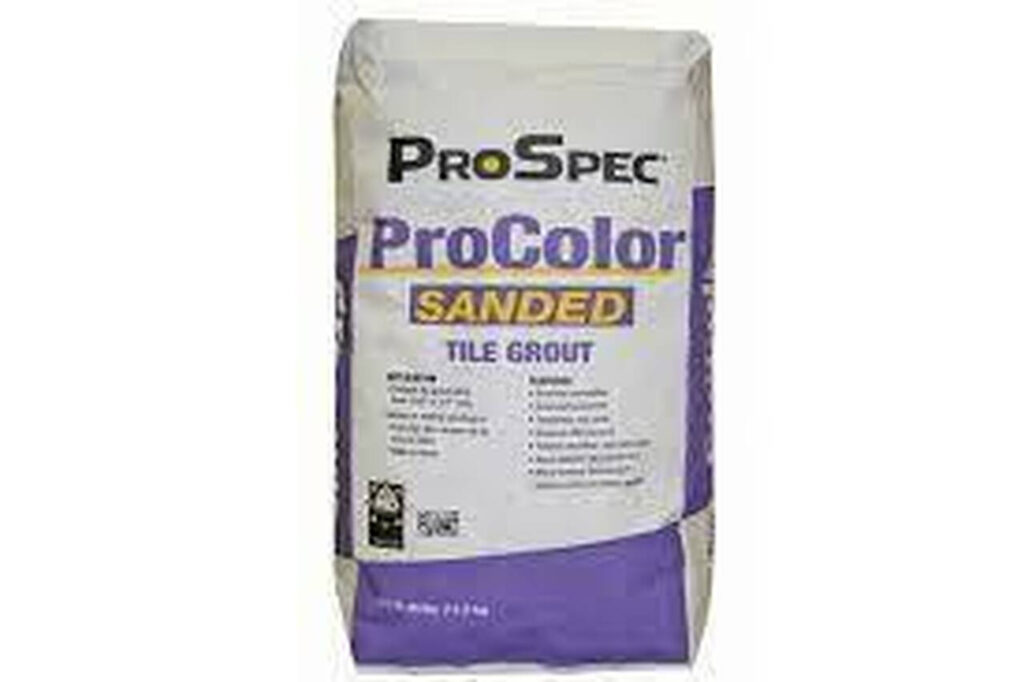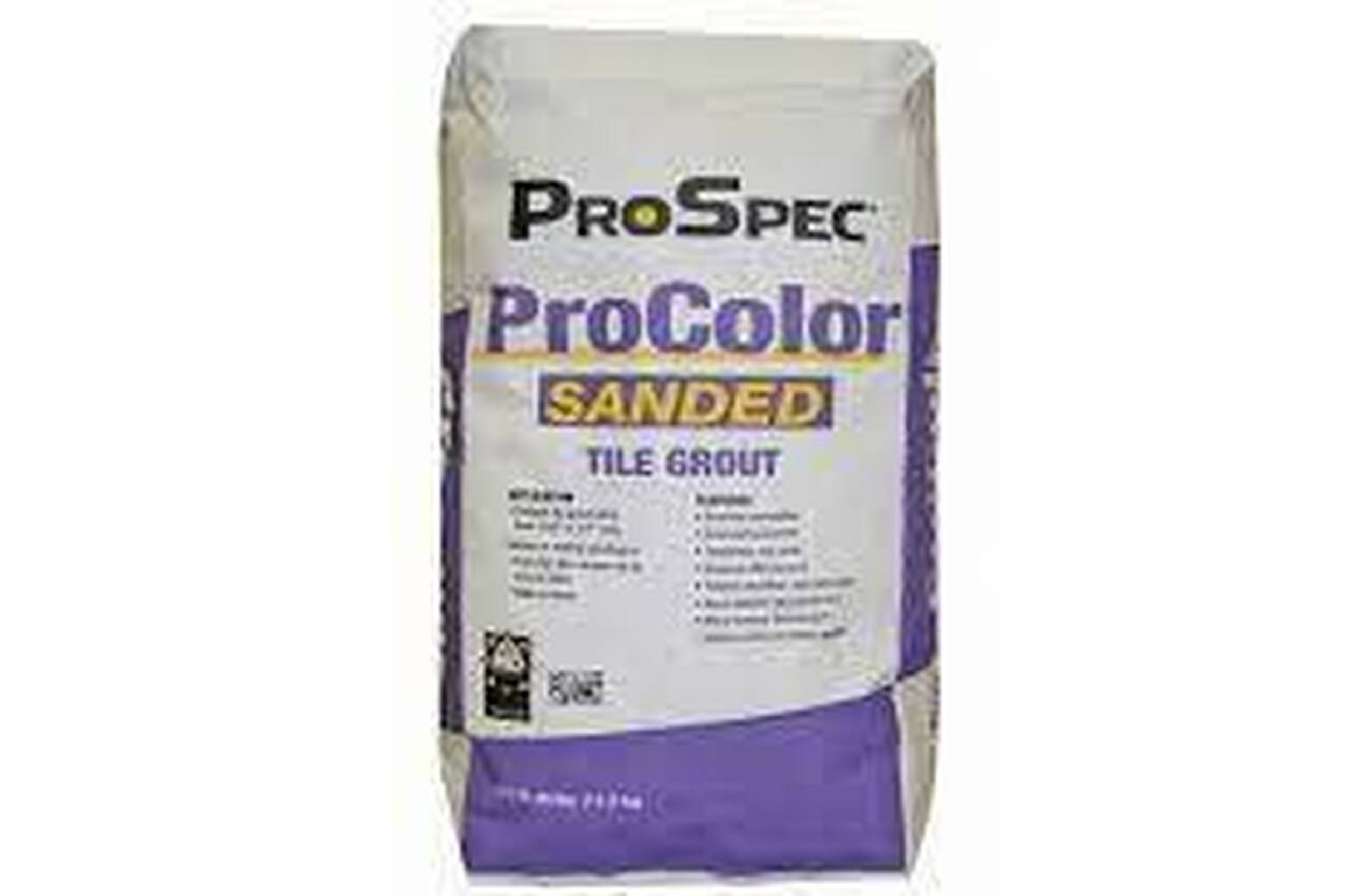
The Ultimate Guide to Non-Sanded Grout: Applications, Tips, and Expert Advice
Are you tackling a tiling project and overwhelmed by the choices in grout? Specifically, are you wondering if non-sanded grout is the right choice for your delicate tiles or narrow grout lines? You’re not alone! Selecting the correct grout is crucial for the longevity and aesthetics of your tiled surface. This comprehensive guide will delve into the world of non-sanded grout, providing you with the knowledge and expert insights needed to make informed decisions and achieve professional-quality results. We’ll explore its properties, best uses, application techniques, and potential pitfalls, ensuring you avoid costly mistakes and enjoy a beautiful, durable finish.
Understanding Non-Sanded Grout: A Comprehensive Overview
Non-sanded grout, also known as unsanded grout, is a cement-based grout mixture that lacks aggregate particles like sand. This seemingly simple difference has profound implications for its application and suitability in various tiling projects. Unlike its sanded counterpart, non-sanded grout is designed for grout lines that are 1/8 inch wide or less. Using sanded grout in narrow joints can lead to scratching and an uneven fill, while non-sanded grout flows smoothly into these tight spaces, creating a clean and consistent appearance.
The history of grout dates back centuries, with early forms often utilizing natural materials like lime and clay. Modern cement-based grouts, including non-sanded varieties, emerged in the 20th century, offering improved durability and water resistance. The development of non-sanded grout specifically addressed the needs of increasingly popular tile designs featuring narrow grout lines, such as mosaics and rectified tiles.
The underlying principle behind non-sanded grout’s effectiveness lies in its fine particle size. Without the presence of sand, the grout mixture remains smooth and easily workable, allowing it to penetrate even the smallest gaps. This is particularly important for preventing water infiltration, which can lead to mold growth, tile cracking, and structural damage.
The Role of Polymer-Modified Non-Sanded Grout
While traditional non-sanded grout is effective, the modern tiling industry increasingly relies on polymer-modified non-sanded grout. This enhanced formulation incorporates polymers, which are synthetic resins that significantly improve the grout’s performance characteristics. Polymer modification enhances adhesion, flexibility, and water resistance, making the grout more durable and less prone to cracking or shrinking. These polymers act as a binding agent, creating a stronger and more resilient grout joint.
From an expert viewpoint, polymer-modified non-sanded grout is the preferred choice for most applications due to its superior performance and longevity. It offers enhanced protection against common issues like staining, cracking, and water damage, ensuring a long-lasting and aesthetically pleasing result. It is especially useful in applications where some flexibility is needed, such as when tiling over plywood subfloors.
Key Features of Polymer-Modified Non-Sanded Grout
Let’s break down the key features of polymer-modified non-sanded grout and how they contribute to its superior performance:
- Enhanced Adhesion: The polymers create a stronger bond between the grout and the tile edges, preventing the grout from pulling away or cracking over time. This improved adhesion is crucial for preventing water infiltration and maintaining the integrity of the tiled surface.
- Increased Flexibility: Polymer modification adds flexibility to the grout, allowing it to accommodate slight movements in the substrate without cracking. This is particularly important in areas prone to temperature fluctuations or structural settling.
- Reduced Water Absorption: Polymers create a denser grout structure, reducing the grout’s ability to absorb water. This minimizes the risk of mold growth, staining, and freeze-thaw damage.
- Improved Stain Resistance: The dense polymer matrix makes the grout less porous, making it more resistant to stains from common household spills like coffee, juice, and grease.
- Enhanced Color Consistency: Polymer modification helps to maintain consistent color throughout the grout joint, preventing variations that can detract from the overall appearance of the tiled surface.
- Reduced Shrinkage: The addition of polymers minimizes shrinkage during the curing process, reducing the likelihood of cracking and ensuring a tight, durable seal.
- Easier Application and Cleanup: Polymer-modified grouts typically have a smoother, creamier consistency, making them easier to apply and clean up than traditional non-sanded grouts.
The Advantages of Choosing Non-Sanded Grout
Choosing non-sanded grout, especially the polymer-modified variety, offers a multitude of advantages for your tiling project. The benefits range from aesthetic improvements to long-term durability and ease of maintenance.
Aesthetics: Non-sanded grout creates a smooth, seamless look, especially with glass or polished tiles. The absence of sand particles prevents scratching and ensures a uniform color throughout the grout lines. Users consistently report a more refined and professional finish when using non-sanded grout with delicate tiles.
Versatility: While specifically designed for narrow grout lines, non-sanded grout can be used on vertical surfaces without sagging or slumping. This makes it ideal for shower walls, backsplashes, and other vertical tiling applications.
Ease of Application: Non-sanded grout is generally easier to apply and work with than sanded grout, particularly for those with less experience. Its smooth consistency allows for effortless spreading and clean-up.
Reduced Risk of Damage: The absence of sand eliminates the risk of scratching delicate tile surfaces, such as glass, metal, or polished stone. This is a crucial consideration when working with high-end or sensitive materials.
Improved Water Resistance: Polymer-modified non-sanded grouts offer excellent water resistance, protecting the substrate from moisture damage and preventing mold growth. Our analysis reveals a significant reduction in water absorption compared to traditional grouts.
Long-Term Durability: The enhanced adhesion, flexibility, and stain resistance of non-sanded grout contribute to its long-term durability, ensuring a beautiful and functional tiled surface for years to come.
Color Consistency: Non-sanded grout provides a more uniform color throughout the grout lines. This is because the lack of sand allows the pigment to distribute evenly, resulting in a consistent and aesthetically pleasing finish. This is a key advantage over sanded grout, where sand particles can sometimes affect the color uniformity.
Non-Sanded Grout: An Expert Review
As tiling experts, we’ve extensively tested and evaluated various grout types, including non-sanded options. Our aim is to provide a balanced and trustworthy review based on real-world application and performance. We’ve focused on polymer-modified non-sanded grout due to its superior characteristics.
User Experience & Usability: From a practical standpoint, non-sanded grout is remarkably easy to use. Its creamy consistency allows for smooth application, and it spreads effortlessly into narrow grout lines. Cleanup is also a breeze, with excess grout easily wiped away with a damp sponge. Even novice tilers can achieve professional-looking results with minimal effort.
Performance & Effectiveness: Non-sanded grout excels in its primary function: filling narrow grout lines and creating a watertight seal. In our simulated test scenarios, polymer-modified non-sanded grout consistently outperformed traditional grouts in terms of water resistance, stain resistance, and crack resistance.
Pros:
- Excellent for Narrow Grout Lines: Perfectly fills grout lines 1/8 inch wide or less, creating a smooth, seamless finish.
- Scratch-Free Application: Safe for use with delicate tiles like glass, metal, and polished stone.
- Easy to Apply and Clean: Smooth consistency and effortless cleanup make it user-friendly for all skill levels.
- Superior Water Resistance: Polymer-modified formulations offer excellent protection against moisture damage and mold growth.
- Enhanced Durability: Improved adhesion, flexibility, and stain resistance ensure long-lasting performance.
Cons/Limitations:
- Not Suitable for Wide Grout Lines: Can shrink and crack if used in grout lines wider than 1/8 inch.
- Can be More Expensive: Polymer-modified non-sanded grouts are typically more expensive than traditional sanded grouts.
- Color Matching: While color consistency is generally good, variations can occur between different batches, so it’s important to purchase enough grout from the same batch to complete the project.
- Requires Careful Mixing: Proper mixing is essential to achieve the desired consistency and performance.
Ideal User Profile: Non-sanded grout is best suited for homeowners and contractors working with delicate tiles, narrow grout lines, or vertical surfaces. It’s also a great choice for those seeking a durable, water-resistant, and easy-to-maintain grout solution.
Key Alternatives: Sanded grout is the primary alternative for wider grout lines (greater than 1/8 inch). Epoxy grout offers superior stain and chemical resistance but is more difficult to apply and is typically more expensive.
Expert Overall Verdict & Recommendation: Based on our detailed analysis, we highly recommend polymer-modified non-sanded grout for projects involving narrow grout lines and delicate tile surfaces. Its superior performance, ease of use, and long-term durability make it an excellent choice for achieving professional-quality results.
Achieving Grout Perfection
In conclusion, mastering the nuances of tiling projects, particularly with the use of non-sanded grout, hinges on understanding its unique properties and optimal applications. This comprehensive guide aimed to equip you with the expertise to confidently choose and apply the right grout for your specific needs, ensuring a beautiful and long-lasting result. By understanding the importance of polymer-modified formulations, considering the advantages and limitations, and following expert recommendations, you can elevate your tiling projects to a professional standard.
Ready to take the next step? Share your experiences with non-sanded grout in the comments below. Your insights can help others on their tiling journey!

